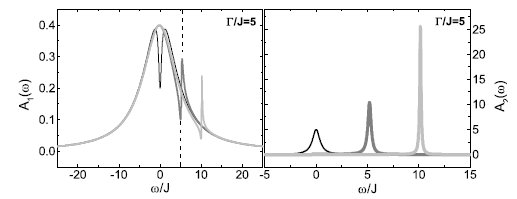EPJ B Highlight - Atom-based analogues to electronic devices
- Details
- Published on 06 September 2013

New research gives a theoretical explanation as to how transport of single atoms is made possible through a chain of quantum dots
Scientists have pushed back the boundaries of atom-based transport, creating a current by charac-terising the many-body effects in the transport of the atoms along a periodic lattice. This work by Anton Ivanov and colleagues from the Institute for Theoretical Physics, at the University of Heidel-berg, Germany, adopted a new analytical approach before comparing it to approximate numerical simulations, and is reported in a paper recently published in EPJ B.
Ultra-cold atoms trapped in optical potentials offer solutions for the transport of particles capable of producing a current. What differentiates this solution from traditional approaches using electrons running along a metal wire is that it relies on so-called ultra-cold bosonic atoms. They present the advantage of occupying the same place in space even when they have the same energy, a feat impossible to achieve with electrons. This leads to current occuring in systems with reduced dimensionality, as part of the field of atomtronics. Ultimately, this opens the door to the creation of bosonic analogues to the regular systems used in electronic devices such as diodes or field-effect transistors.
In this study, the authors extended previous single-atom transport approaches to a model reflecting the many-body setting of bosonic atom transport. Their challenge was to develop an analytical approach that allows particles to jump in and out and therefore produce a controlled current through the sample under study. This means that their model needed to include reservoirs for the particles. Specifically, they used a chain of quantum dots coupled to two bosonic reservoirs that keep the system far from equilibrium. They then compared it with numerical simulations. Further steps would include better many-body interaction effects with higher orders of approximations.
Ivanov, G. Kordas, A. Komnik, and S. Wimberger (2013), Bosonic transport through a chain of quantum dots, European Physical Journal B, DOI 10.1140/epjb/e2013-40417-4




